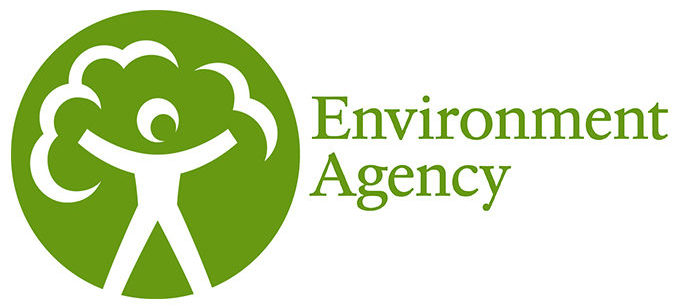Restoring rivers to their original and natural state is a monumental yet rewarding endeavour. During the industrial revolution, many rivers in England were harnessed to power factories, resulting in the construction of various infrastructures. These structures, now obsolete, have proven detrimental to wildlife and ecological health.
In Cumbria, the Environment Agency (EA) has collaborated with the South Cumbria Rivers Trust (SCRT) on several projects aimed at removing weirs from the River Kent. In this informative video, Pete Evoy from SCRT and Gez Foster, an EA Geomorphologist, discuss the process of engaging with local communities, the challenges associated with weir removal, and the subsequent benefits for wildlife and the restoration of natural habitats.
Prior to watching the video, please consider the discussion questions below, thinking about any local water ways that have been manipulated previously, and how that may have impacted on local nature (wildlife etc).
Delivering river restoration can involve, and have an impact on, many other colleagues and teams in the organisation. Ensure anyone potentially impacted on and/or is key to progression is consulted at the very earliest stage. This could save a lot of time further down the line too. Also, ensure pre and port monitoring is built into your project. Monitoring is not only good at demonstrating improvements, it’s also a way of managing any risks, but most importantly, communicating our positive results to our communities, stakeholders and partners.
EA staff can find more information, links and guidance on the FESS page.
River Restoration Weir Removal
Pete Evoy from SCRT and Gez Foster, an EA Geomorphologist, discusses the process of engaging with local communities, the challenges associated with weir removal, and the subsequent benefits for wildlife and the restoration of natural habitats.
Team discussion questions:
- Think about your local rivers, waterways etc. Which locations can you identify where human interference may have impacted on the natural process (such as a weir, a diversion etc.)?
- Discuss what you think would be the main advantages and challenges in considerations of restoring the river/waterway to its original state?
Resources & further information:
The River Restoration Centre 2030
EU RiverWiki
European Centre for River Restoration
Creating a better place

